- The keel waterwheel converts the kinetic energy of air flow into the mechanical energy required for irrigation by a windmill
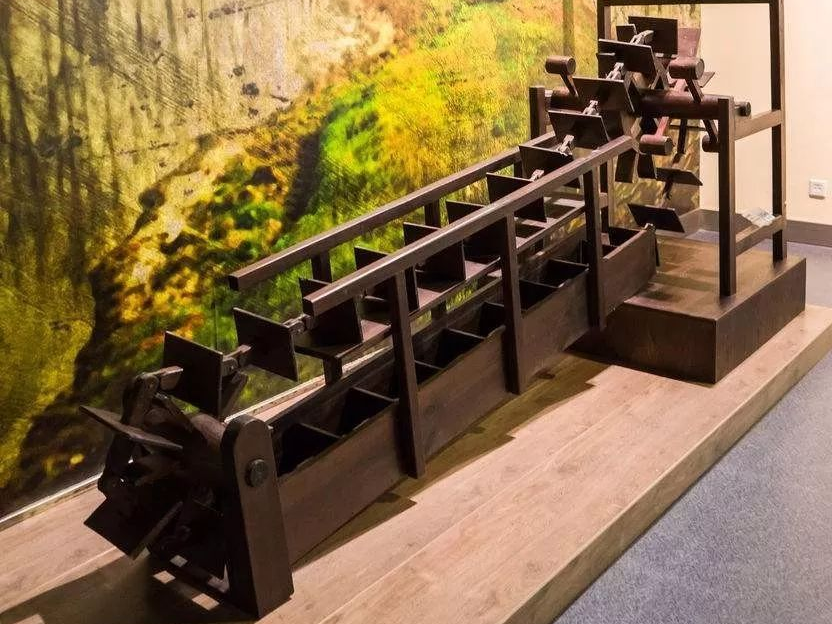
The waterwheel, also known as the Kongming truck, is a superb labor skill created by people in the process of conquering the world, and is a precious historical and cultural heritage. According to legend, Bi Lan created the embryonic form for Emperor Han Ling, and it was promoted and used in the Shu Kingdom after the reform and improvement of Kong Ming in the Three Kingdoms. It was widely used in agricultural irrigation during the Sui and Tang Dynasties and has a history of more than 1,700 years. Waterwheels use the power generated by hydraulic power to drive wheels with adjustable blades or cascades. The waterwheel is placed near the river, and the bottom sink and the scraper extend directly into the water. Using the principle of sprocket drive, using human power as the driving force, the wooden chain is turned over and over. The scraper mounted on the wooden chain can lift the river water to the sink. On shore, irrigate farmland.
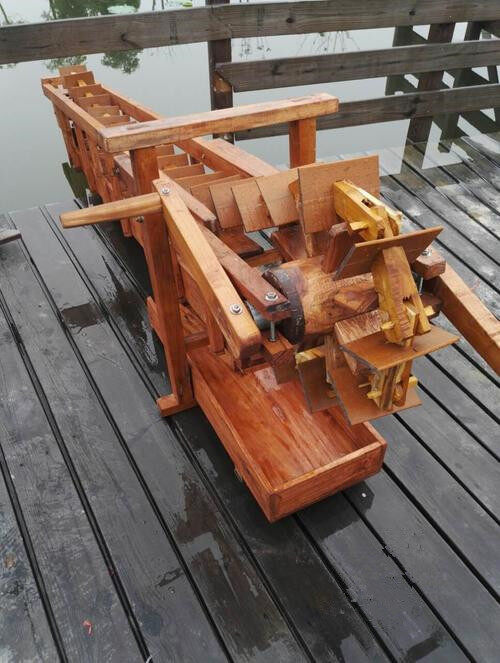
The keel waterwheel is such a machine for drainage irrigation. The keel waterwheel is named after its shape. But why should the waterwheel be made into a keel, not its bone? Probably in addition to being related to the worship of ancestors' dragon totem, the most important thing is that the Chinese people have believed in the dragon king since ancient times, and the dragon king temples of all sizes can always be seen in the countryside. In the hearts of the villagers, the Dragon King is the master of the rivers and lakes. It can make the rain and rain, and takes charge of the flood and drought. Up to now, the villagers who work in agriculture still have to worship the Dragon King Temple in one year, in order to get its blessing.
The keel waterwheel is structured with a wooden counter as a groove, and the tail is immersed in the water stream. The other end has a small wheel axle fixed on a wooden frame on the bank. When stepping on a wooden crutch, the large wheel shaft is rotated, which drives the blades in the groove to wipe the water upward and pour it into the field with higher terrain. In later generations, there are water-turned keel cars that use flowing water as power, cow pulls that use gears to turn gears, and wind-turned cars that use wind to rotate.
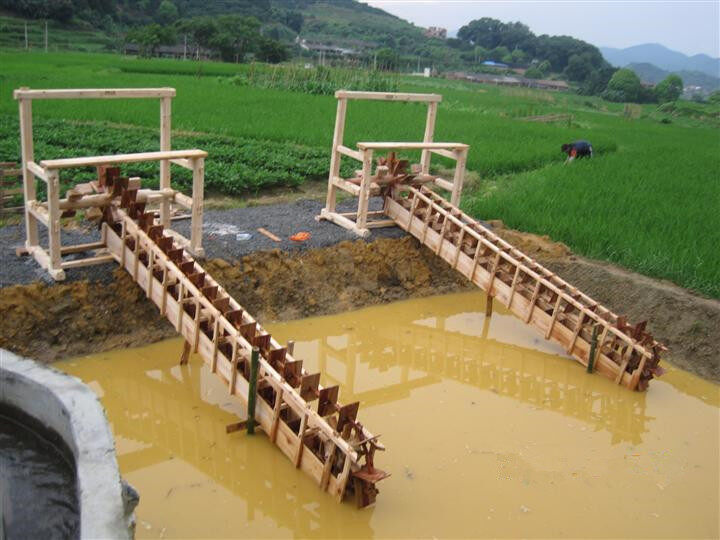
The keel waterwheel started in the Eastern Han Dynasty and was improved by the inventor Ma Jun during the Three Kingdoms. Since then, it has played a huge role in agriculture. The keel waterwheel is suitable for short distances and the height of the water is about 1-2 meters. It is more suitable for use in plain areas, or as an auxiliary facility for irrigation projects. It directly lifts water from the aqueduct to the farmland. The keel waterwheel used for taking water from the well is vertical. The transmission device of the waterwheel has two types of flat wheels and vertical wheels to change the power direction.
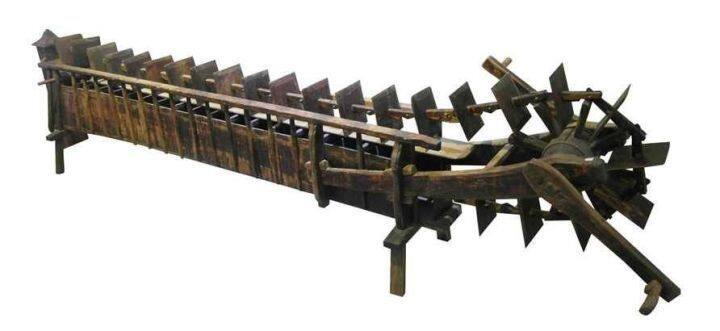
When it lifts water, it is generally placed near the river, and the lower sink and the scraper extend directly into the water. Using the principle of sprocket drive, it uses human or animal power as the driving force to drive the wooden chain to turn over and over. The scraper installed on the wooden chain can The river was lifted ashore along the water and the farmland was irrigated. The emergence of this kind of waterwheel has played an extremely important role in solving the problem of drainage and irrigation. The original keel waterwheel was rotated by human power. Later, the people of our country have created a variety of waterwheels that use animal power, wind power, and water power to rotate.
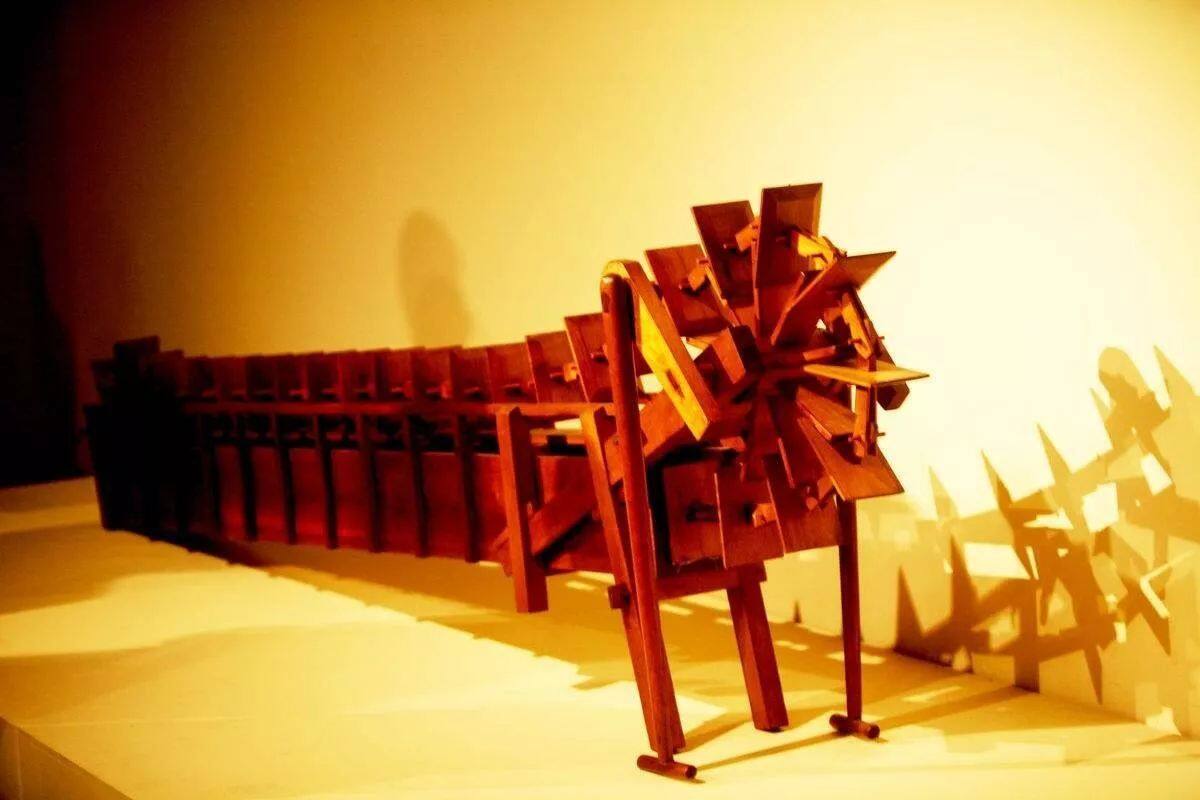
Because this keel waterwheel has a reasonable structure and is reliable and practical, it can be passed down from generation to generation. Until modern times, with the widespread use of agricultural water pumps, it completed its historical mission and quietly withdrew from the historical stage. The keel waterwheel has been replaced as an irrigation tool. However, the working principle of this waterwheel sprocket drive and flap lift has immortal vitality. The bucket that only dredged was born from the water-lifting flip of the waterwheel. So when you see the dredge, people seem to see the old keel waterwheel. (Reprinted, please refer to www.seetao.com)See the editor of Daowang Heritage / Zhao Yongjing
Comment
 Praise
Praise
 Collect
Collect
 Comment
Comment
 Search
Search


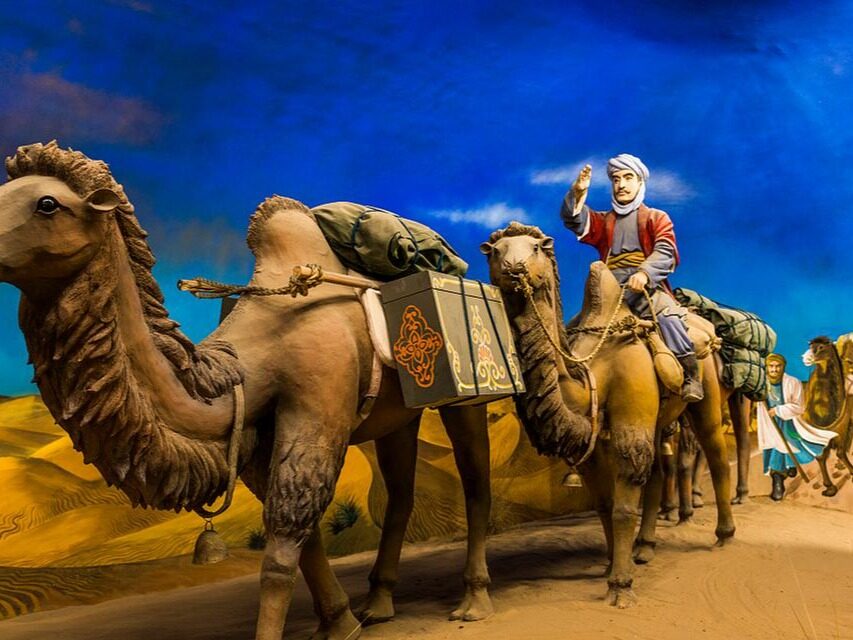
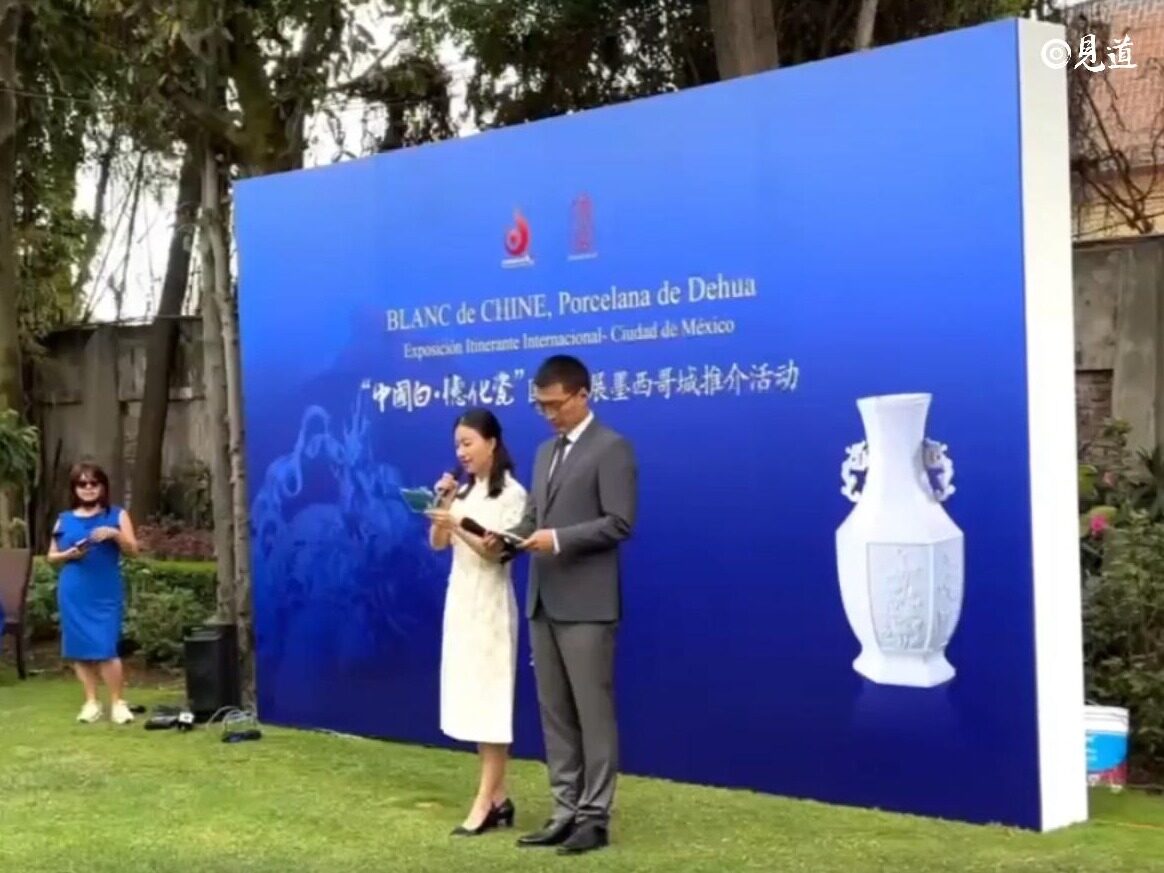

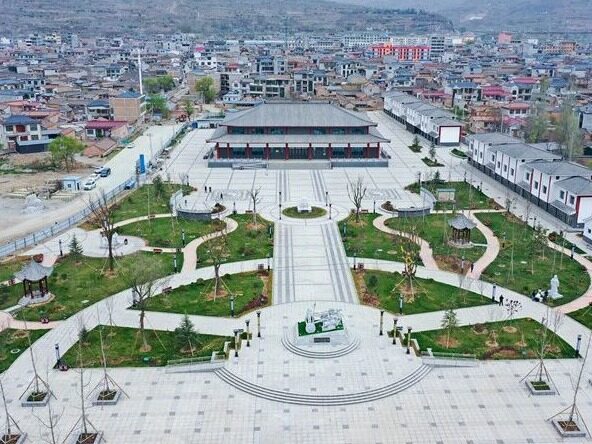
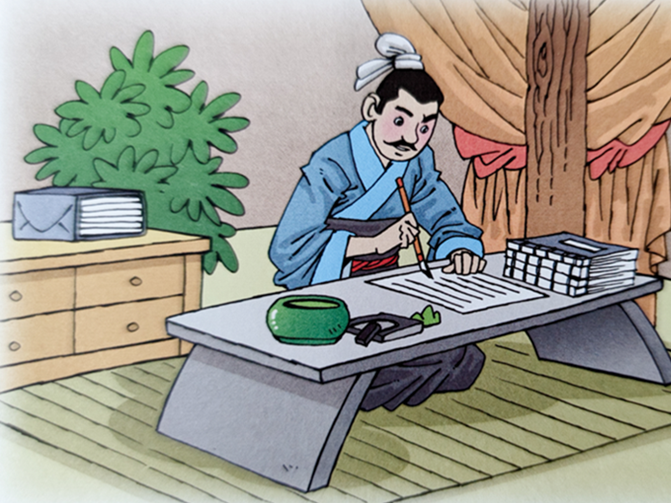
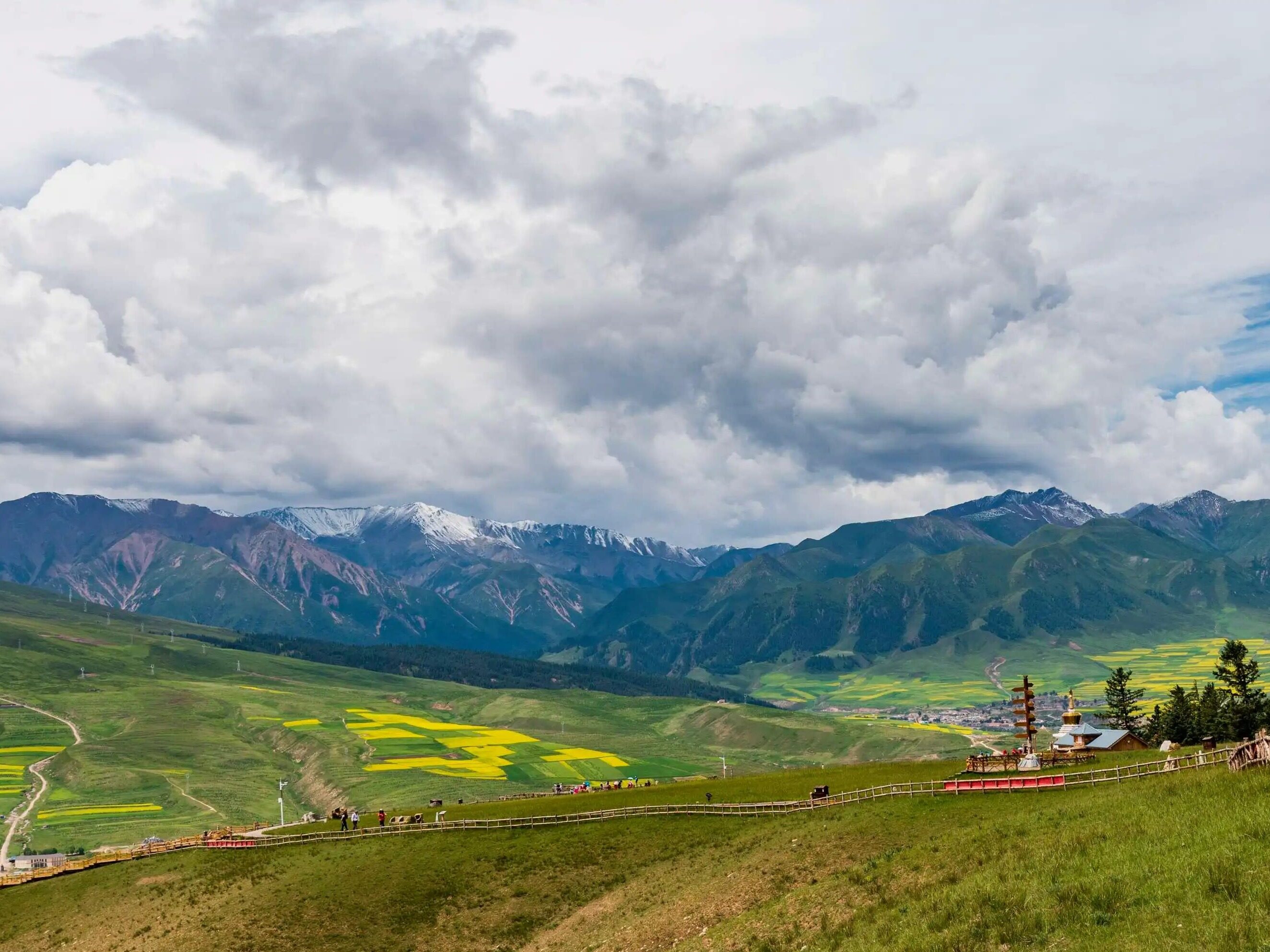






Write something~